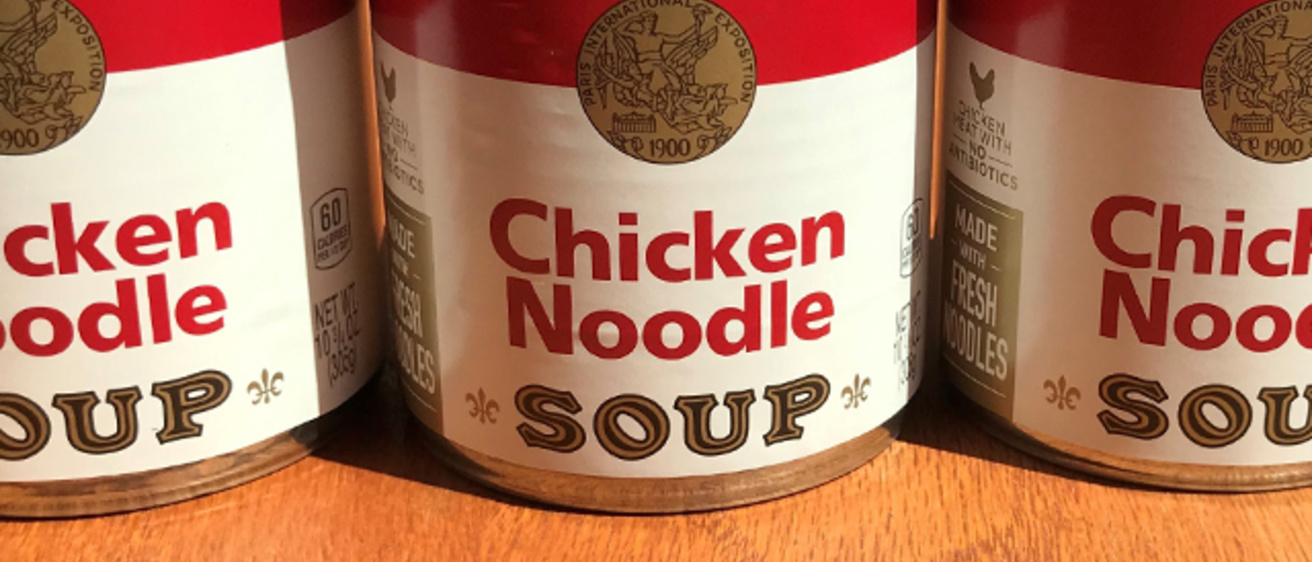Sales of familiar brand name products increase during health emergencies like COVID-19 or influenza because they give consumers a sense of control over an uncontrollable situation, according to a new study from the University of Iowa’s Tippie College of Business.
“When people think about a disease that’s out of their control, like COVID-19 or the flu, they respond by buying things that make them feel like they’re in control,” says Chelsea Galoni, assistant professor of marketing and the study’s lead researcher. “They re-establish a feeling of structure and predictability in their lives.”
The study
Researchers used Nielsen consumer data that tracks sales of food and household products between 2009 and 2014. Galoni analyzed four categories, soup, cookies, batteries, and paper towels, and while sales went up during flu season across all of them, sales of more familiar products with larger market shares increased at a higher rate. They continued to go up as flu infections increased.
Key findings
--In the canned soup category, Campbell’s soup was the biggest beneficiary. For every 10% increase in flu cases, sales of Campbell’s increased 1.6%.
“Campbell’s is such a well-known brand that it provides comfort to people,” says Galoni, who studies how emotions influence purchasing behavior. “If someone doesn’t buy a lot of soup to begin with, they grab the soup they know best, and that’s Campbell’s.”
--Sales of Oreo cookies also went up, but only its traditional cookie, not a brand-extender like Double Stuf or mint-flavored. Sales of traditional Oreo’s went up .6 percent for every 10% increase in flu cases, while sales of offshoots dropped .4%
Why?
Lab experiments showed this was the result of a combination of fear and disgust on consumers’ part; disgust at the thought of the pathogen, and fear at the thought of getting sick and possibly dying from it. Galoni says consumers’ responses to those emotions are to seek comfort and predictability.
The coronavirus connection
Galoni says not enough retail sales data is available yet to reach conclusions about the impact of COVID-19 on consumer behavior, but she says retailers likely saw early increases in the sale of familiar products as consumers sought control of a situation that’s even more dangerous than influenza. She said that early runs on items like toilet paper, hand sanitizer, and pasta actually didn’t surprise her, nor has the relative calm of recent weeks as a new sense of normalcy has replaced much of the fear.
“The more we learn about COVID-19, the less it influences our behavior,” she says. “We’ve lived with it for a long time now, we’re more comfortable with it, and we feel like we know how to manage it.”
Galoni’s study, “Disgusted and afraid: Consumer choices under the threat of contagious disease,” will be published in a forthcoming issue of the Journal of Consumer Research.
Media contact: Tom Snee, tom-snee@uiowa.edu, 319-541-8434
